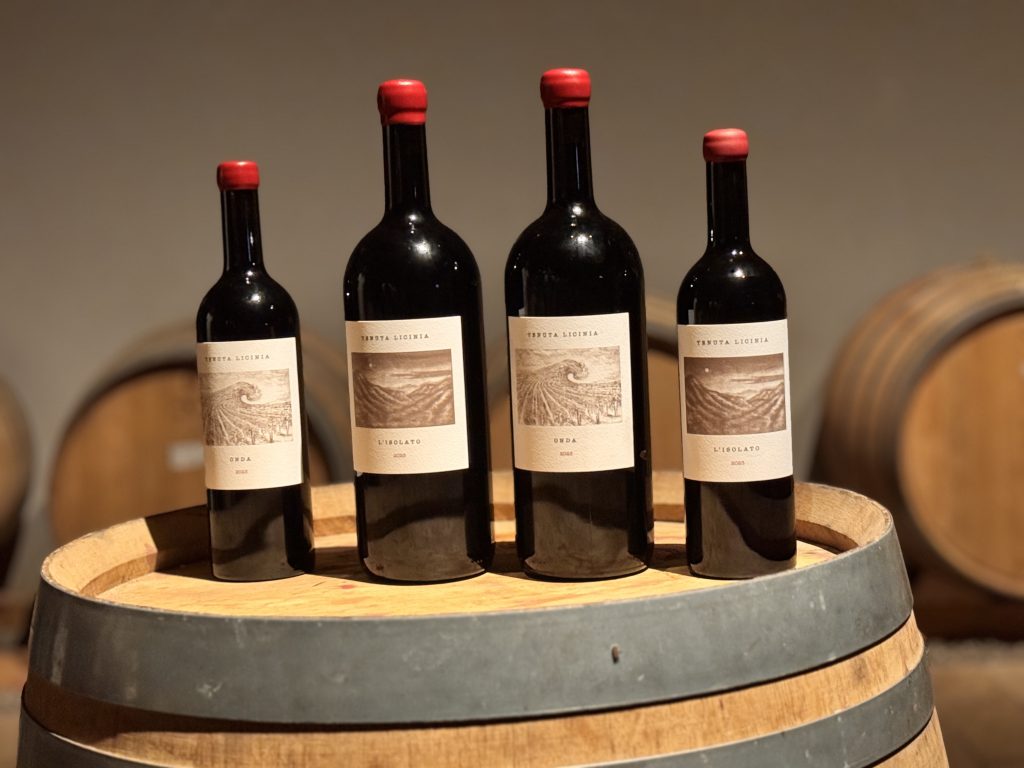
There’s something magnetic about Tuscany — the light, the rhythm of the vines, and the way the land seems to speak to those who truly listen. My recent visit to Tenuta Licinia reminded me why this region continues to 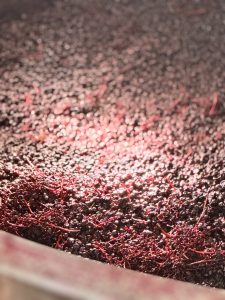 steal my heart (and fill my cellar).
steal my heart (and fill my cellar).
Set among the hills between Montalcino and Montecucco, this corner of Tuscany feels both wild and intentional — marked by rolling slopes, stony soils, and a calm energy that invites you to slow down and look closer. And that’s exactly what winemaker James Marshall-Lockyer does every single day.
James isn’t just making wine; he’s in conversation with the earth. Known in his region for his knowledge of rocks and his refusal to follow trends, he’s built a philosophy that blends geology, intuition, and emotion. “It’s not what’s on top of the soil that matters most,” he says, “it’s what’s underneath.”
And that philosophy is beautifully expressed in how the estate classifies its wines:
-
Grande Rione — Single-vineyard selections from the best bunches in the finest geologies.
-
Primo Rione — Good bunches from the best geologies.
-
Borgo Rione — Less-good bunches from the best soils and the best bunches from the lesser soils.
Anything less expressive is sold off in bulk — because for James, only the most articulate parcels deserve a Tenuta Licinia label.
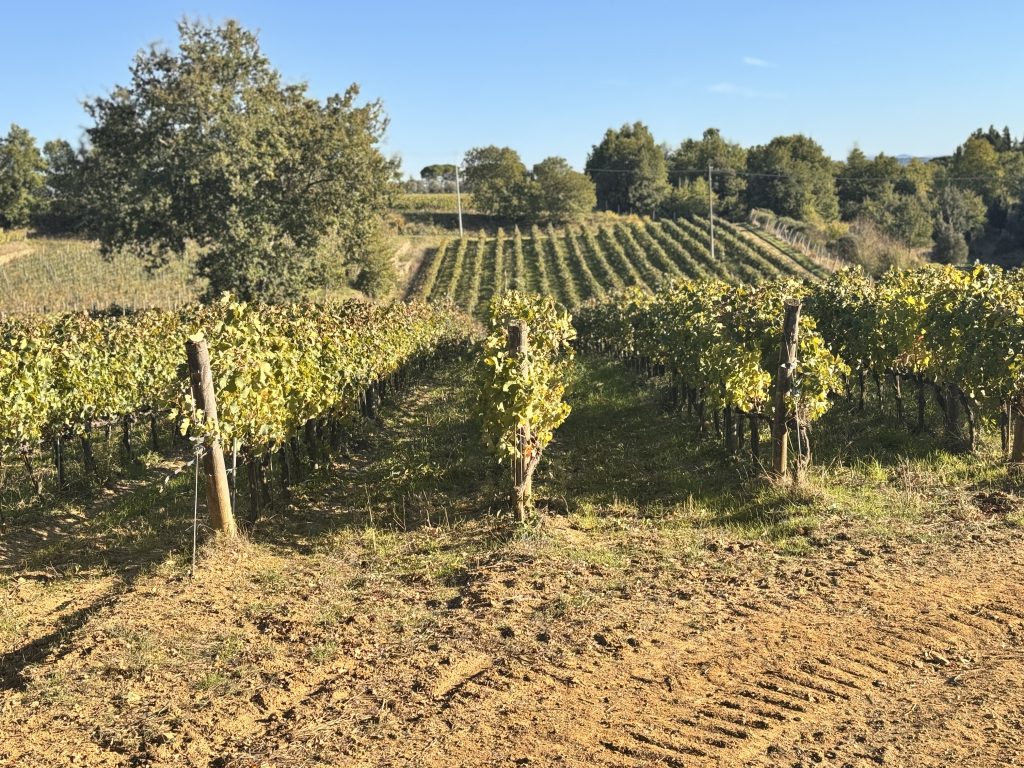
The estate’s vineyards are farmed organically and biodynamically, with incredibly low yields and no hedging. The viticulture here is tactile: sap-flow-sensitive pruning, light canopy management, harvest by taste rather than lab numbers. Every decision is guided by feel — and by the rocks beneath the roots.
 Sasso di Fata — The Fairy Stone
Sasso di Fata — The Fairy Stone
We began with a vertical tasting of Sasso di Fata, a cru grown on thin calcareous slate subsoils — the same as the Onda vineyard. This plot showcases the most fascinating geology of the estate.
Yields hover around 20–25 hL/ha, and only the most perfectly spaced, small bunches are selected. In the cellar, fermentation stays cool and gentle with a few early punch-downs before resting in 500 L oak barrels (22% new) for 10 months, then seven months in concrete.
Comparing the 2021 vs 2022 vintages was a revelation: the 2021 showed restraint and minerality, while 2022 pulsed with ripe fruit and youthful tension — both distinctly Licinia in their precision and energy.
 Onda — The Wave of Cabernet Franc
Onda — The Wave of Cabernet Franc
Next came Onda, a 100% Cabernet Franc from perhaps the thinnest slates on the property — “paper-thin,” James says with pride. The same careful bunch selection applies here, with berry-by-berry sorting before fermentation. A few gentle punch-downs, then 10 months in large foudres and seven months in concrete.
This wine is magnetic: perfumed with violets, graphite, and wild herbs, it’s layered, lifted, and utterly unforgettable. I knew I’d love it — Cab Franc is one of my love languages — but tasting Onda confirmed just how expressive this grape can be in the right hands.
L’Isolato — Rethinking Sangiovese
Finally, L’Isolato, Tenuta Licinia’s first 100% Sangiovese, made me rethink the grape entirely. Grown in a tiny 1 ha plot at 420 m altitude, it’s treated with remarkable restraint: low cropping, late picking, and ultra-light extraction. Fermentation averages 23°C, with just one punch-down the entire time. It then ages 10 months in large oak and seven in concrete.
The result is Sangiovese with silk instead of muscle — elegant, aromatic, and quietly powerful, a pure reflection of its calcareous slope.
Dinner, Dogs & The Dream of White Wine
That evening, we shared a family-style meal at the estate house, surrounded by vineyards and wagging tails. Cheeses, grilled vegetables, and tender meats filled the table; conversation flowed as freely as the wine. Dessert was a creamy, traditional tiramisu — the perfect finish to a night that felt both grounding and elevated.
 James dreams of one day making whites, and if his reds are any indication, he’ll succeed beautifully. For now, Tenuta Licinia remains devoted to reds that embody Tuscany’s soul — bold yet balanced, elegant yet alive.
James dreams of one day making whites, and if his reds are any indication, he’ll succeed beautifully. For now, Tenuta Licinia remains devoted to reds that embody Tuscany’s soul — bold yet balanced, elegant yet alive.
If passion could be bottled, this is it. These wines deserve a place in every cellar — and if you’d like help finding them, I can connect you with importers. Trust me, they’re worth the chase!
Want to join me in Italy in 2026 for wine and olive oil exploration? I am taking emails for the January launch where I will have a full Itinerary for us to sip, explore, and even plant next October!
To find out more, simply email me at Sommcity@gmail.com to be on the January “I must know more” list!
Note: Thanks to “Taste the Difference: Quality wines from the heart of Europe, a program co-funded by the European Union, who brought us on this amazing trip!
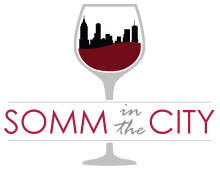

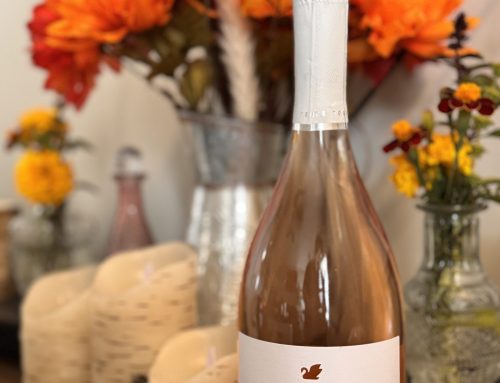

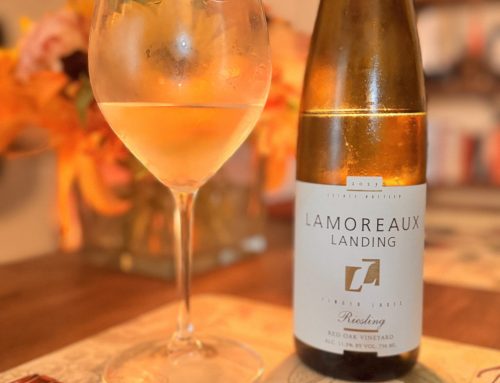
Leave A Comment